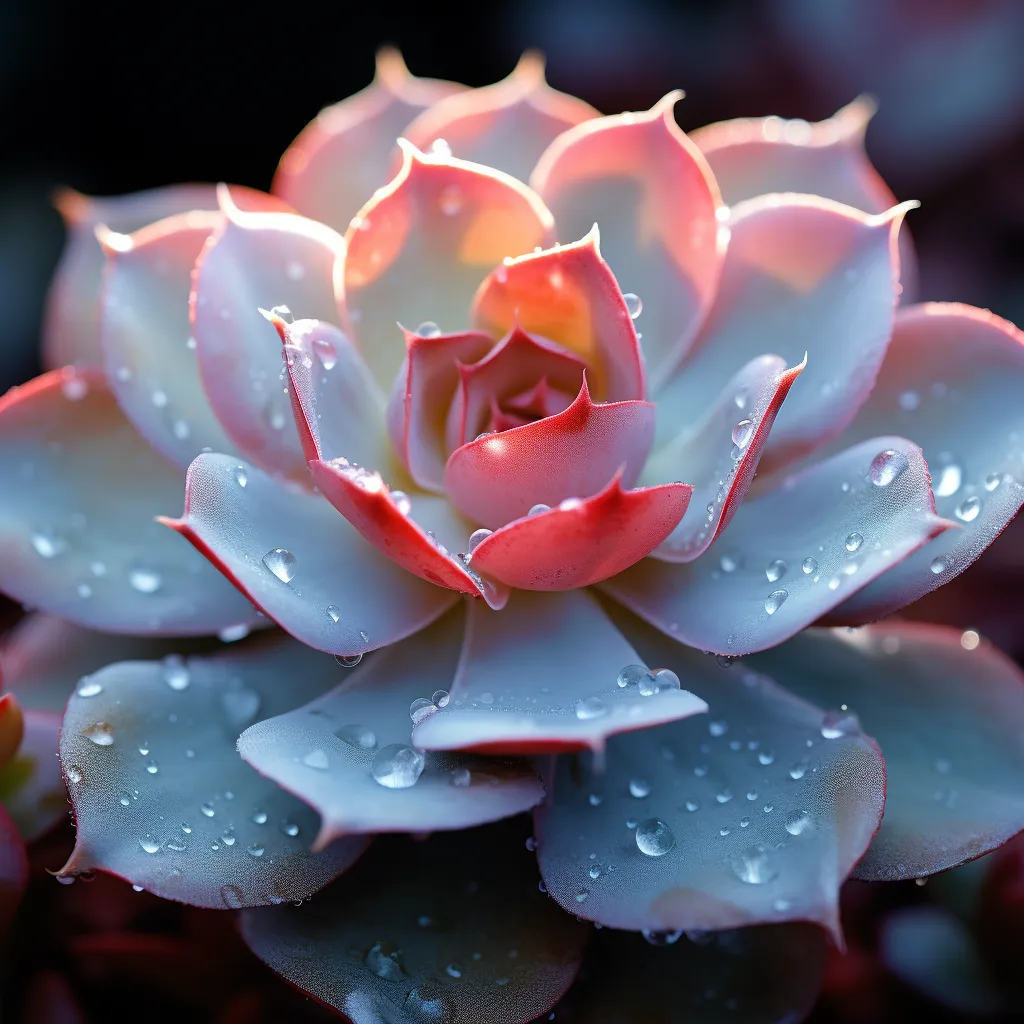Story of Day :
Contents
Echeveria Minima (Miniature Echeveria) Plant Care Tips
Welcome to another exciting episode of our garden blog! Today, we are going to dive into the world of Echeveria minima, also known as miniature echeverias.
These adorable succulents are not only easy to care for but also make a perfect addition to any indoor or outdoor garden.
What is Echeveria Minima?
Echeveria minima is a small succulent plant that belongs to the Crassulaceae family.
Native to Mexico, these plants have rosette-shaped leaves and come in various vibrant colors such as green, red, and blue-gray.
Due to their compact size and striking appearance, they have gained popularity among plant enthusiasts worldwide.

Light Requirements
When it comes to light requirements, Echeveria minima thrives in bright sunlight.
It is recommended to place them near a south-facing window where they can receive at least 4-6 hours of direct sunlight per day.
However, be careful not to expose them directly under intense midday sun as it may scorch their leaves.
Watering Needs
Echeverias are known for their ability to withstand drought conditions.
The same applies when it comes to caring for Echevaria minima.
These plants prefer well-draining soil and should be watered sparingly during the growing season (spring and summer).
Allow the soil to dry out completely between waterings to prevent root rot.
During the dormant period (fall and winter), reduce watering frequency even further.

Soil and Potting Mix
A well-draining soil mix is essential for the health of Echeveria minima.
You can create a suitable potting mix by combining equal parts of regular potting soil, perlite, and coarse sand.
This mixture promotes proper drainage, preventing waterlogged conditions that can lead to root rot.
Additionally, adding some organic matter like compost can provide beneficial nutrients for the plant.
Temperature and Humidity
Echeveria minima prefers moderate temperatures ranging from 65°F to 80°F (18°C-26°C).
These plants are not frost-tolerant, so it is crucial to protect them from freezing temperatures during winter months.
As for humidity, they thrive in low humidity environments typical of arid regions.
Therefore, you don’t need to worry about maintaining high humidity levels in your home or garden.

Fertilizing
To keep your Echeveria minima healthy and thriving, occasional fertilization is recommended during the growing season.
Use a balanced liquid fertilizer diluted at half-strength or a slow-release succulent fertilizer following package instructions.
However, be cautious not to over-fertilize as it may cause harm rather than benefit these plants.
Propagation Methods
If you want more Echeveria minima plants without buying new ones from a nursery or store, you can easily propagate them using several methods:
- Leaf Cuttings: Gently remove an individual leaf from a mature plant and allow it to dry for a few days until calluses form on the cut end.
Place the leaf on top of well-draining soil and mist it occasionally until small rosettes start to form.
- Offsets: Some Echeveria minima plants produce offsets or “pups” around their base.
Carefully remove these small offshoots and plant them in separate pots using a well-draining potting mix.
Pest and Disease Control
Echeveria minima is generally resistant to pests and diseases, but it’s always good to be vigilant.
Common pests that can infest these plants include mealybugs, aphids, and scale insects.
Regularly inspect your plant for any signs of infestation, such as sticky residue or white cotton-like clusters on the leaves.
In case of an infestation, treat the affected area with an appropriate insecticide or use natural remedies like neem oil.

Summary
Echeveria minima is a delightful plant that brings beauty and charm to any garden setting.
By providing adequate sunlight, well-draining soil, minimal watering, suitable temperatures, occasional fertilization, and proper propagation techniques when desired – you can ensure its health and longevity.
So go ahead – get yourself an Echeveria minima today!